Defining reality: Steven Spielberg
Absolutely everyone, even those far removed from cinema, can name several of Spielberg's films at once, a testament to his great legacy. So today, let's dive into the study of his authorial style and try to understand which directorial techniques make Spielberg's style recognizable.

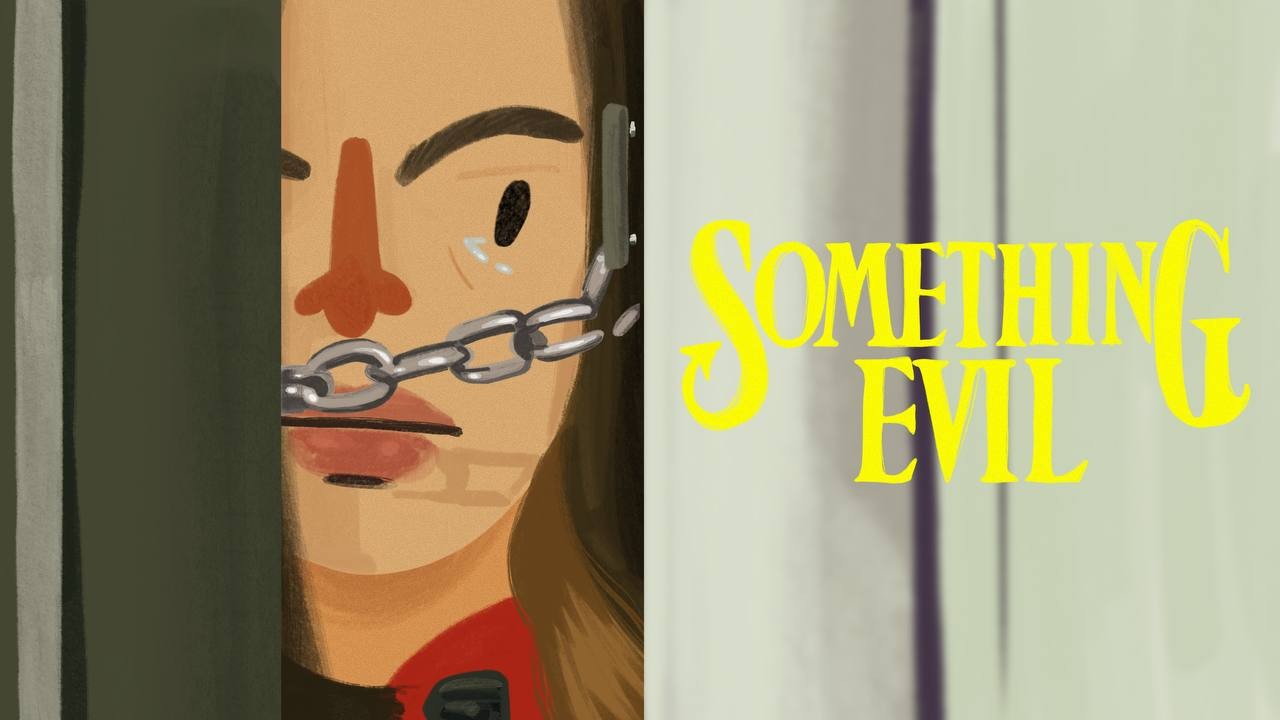
It's hard to imagine a list of the most important directors without Steven Spielberg. He began his career as a B-movie horror director and is now regarded as one of the greatest filmmakers of his generation, but also of the history of world cinema. Absolutely everyone, even those far removed from cinema, can name several of Spielberg's films at once, a testament to his great legacy. So today, let's dive into the study of his authorial style and try to understand which directorial techniques make Spielberg's style recognizable.
But before we continue, we want to remind you that here we promote the love of art and try to inspire you to take your camera and make a short film. Leave the boring pre-production routine to the Filmustage - automatic script breakdown - and focus on your creativity!
Also after a long time of hard work we are happy to announce the beta-testing of the new scheduling feature in the Filmustage software. Be one of the first to test the new functionality - click here for more detailed information.
Art by @nadi_bulochka
Visual dramaturgy
There are several techniques that Spielberg is particularly fond of as a director. One of them is the close-up. Of course, the close-up itself as a camerawork technique is not something innovative for cinema, but it's all about the way Spielberg applies close-ups in his films.
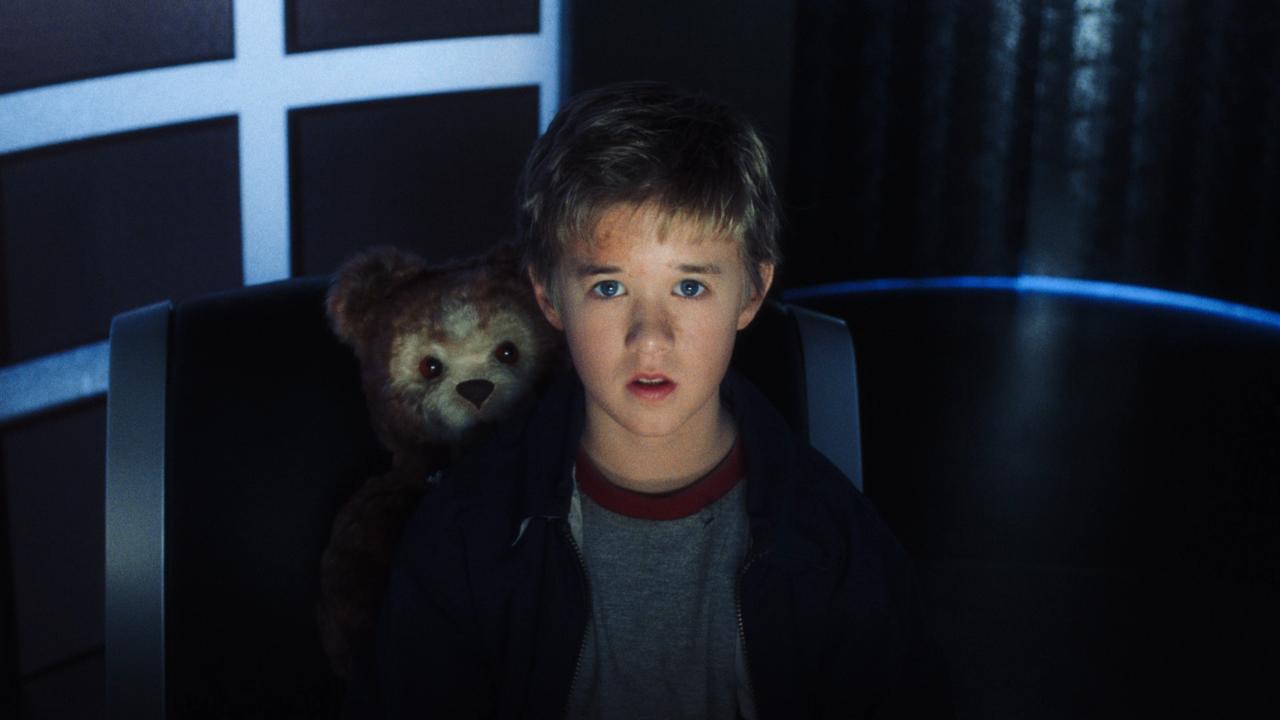
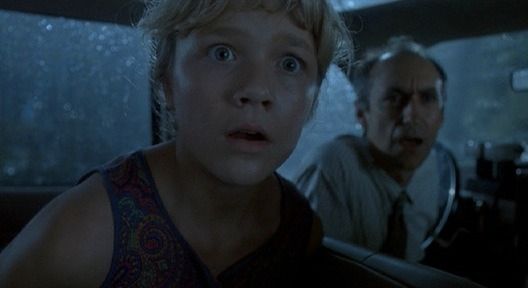
There are recognisable emotions of fear, surprise or joy. Spielberg's films are packed with close-ups of people witnessing something mesmerising, as in "Jurassic Park", or terrifying, as in "Saving Private Ryan". Because of how often and how spectacularly this technique was used by the director, he even came to be known as "the Spielbergs' close-up".
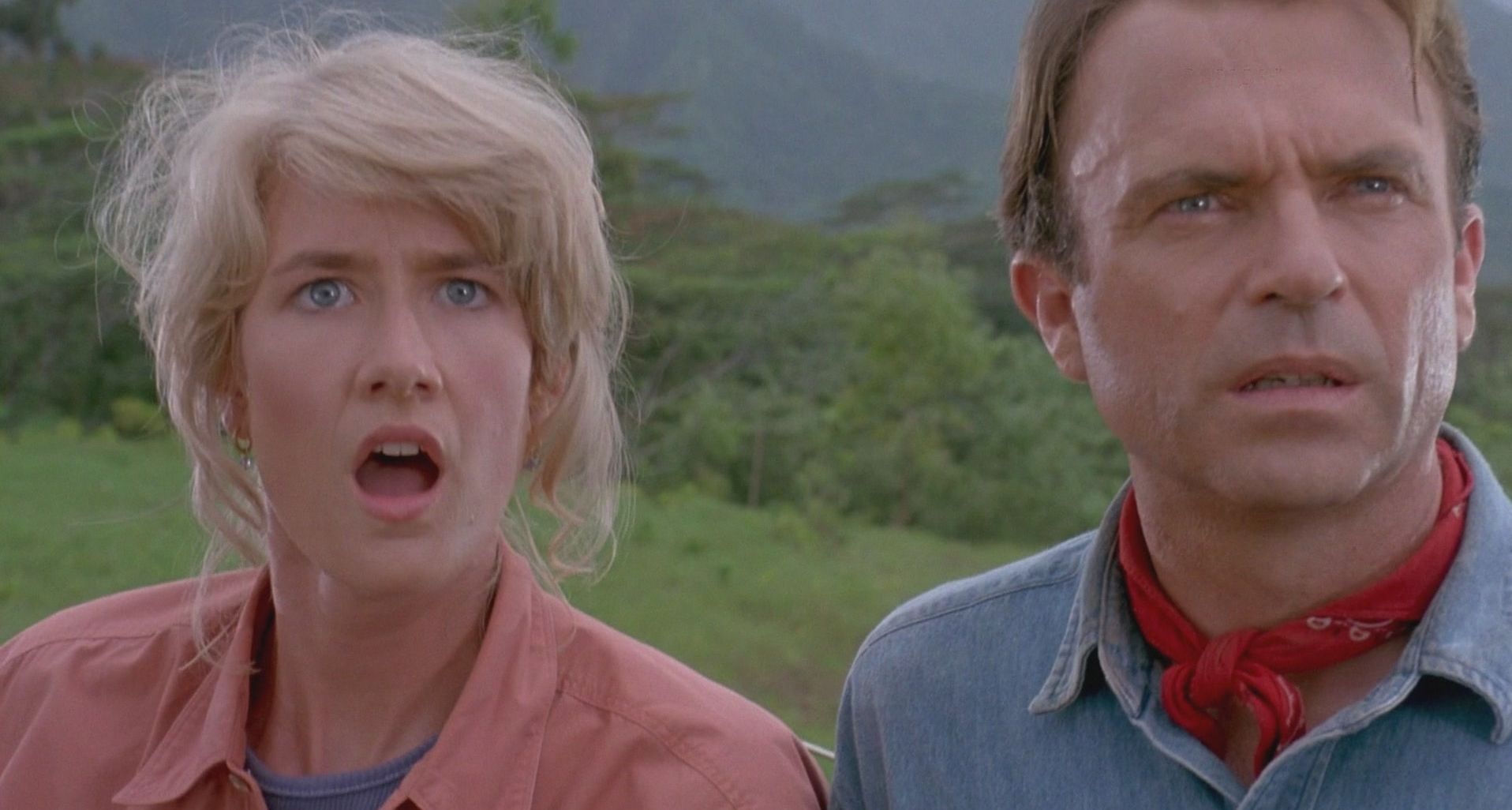

And Spielberg is well aware of how tightly this technique is woven into his work, which is why he doesn't hesitate to use it in an ironic way himself. Back to "Jurassic Park" again, where Spielberg deliberately doubles the effect with a close-up of two people at once.
Also, Spielberg's face is a great device for creating suspense in a film: the viewer realises that the hero is seeing something, for example, unbelievable and also really wants to see it. In "Jaws", this sort of technique of manipulating the viewer's attention works like nowhere else.
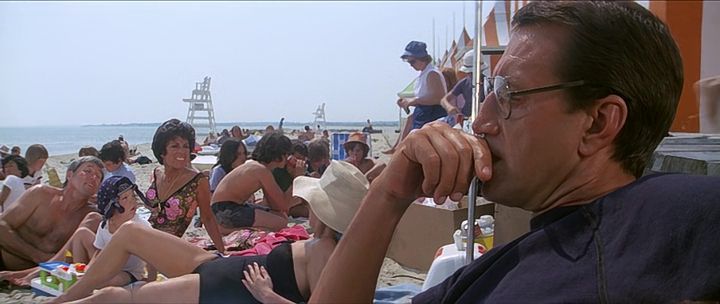
Sometimes, however, Spielberg still doesn't want to manipulate our emotions and wants us to see what's happening at the same time as the hero, and Spielberg does this masterfully through the use of reflections. Through the use of reflections, Spielberg manages to avoid the classic montage sequence (character-object of attention-response), and fit the relationship of the beholder and the attention-object into a single shot. This makes Spielberg's films seem more realistic and therefore more effective. And if you pay attention to all the episodes in which he resorts to reflections, you might think that Spielberg overuses the device: he is so fond of it.
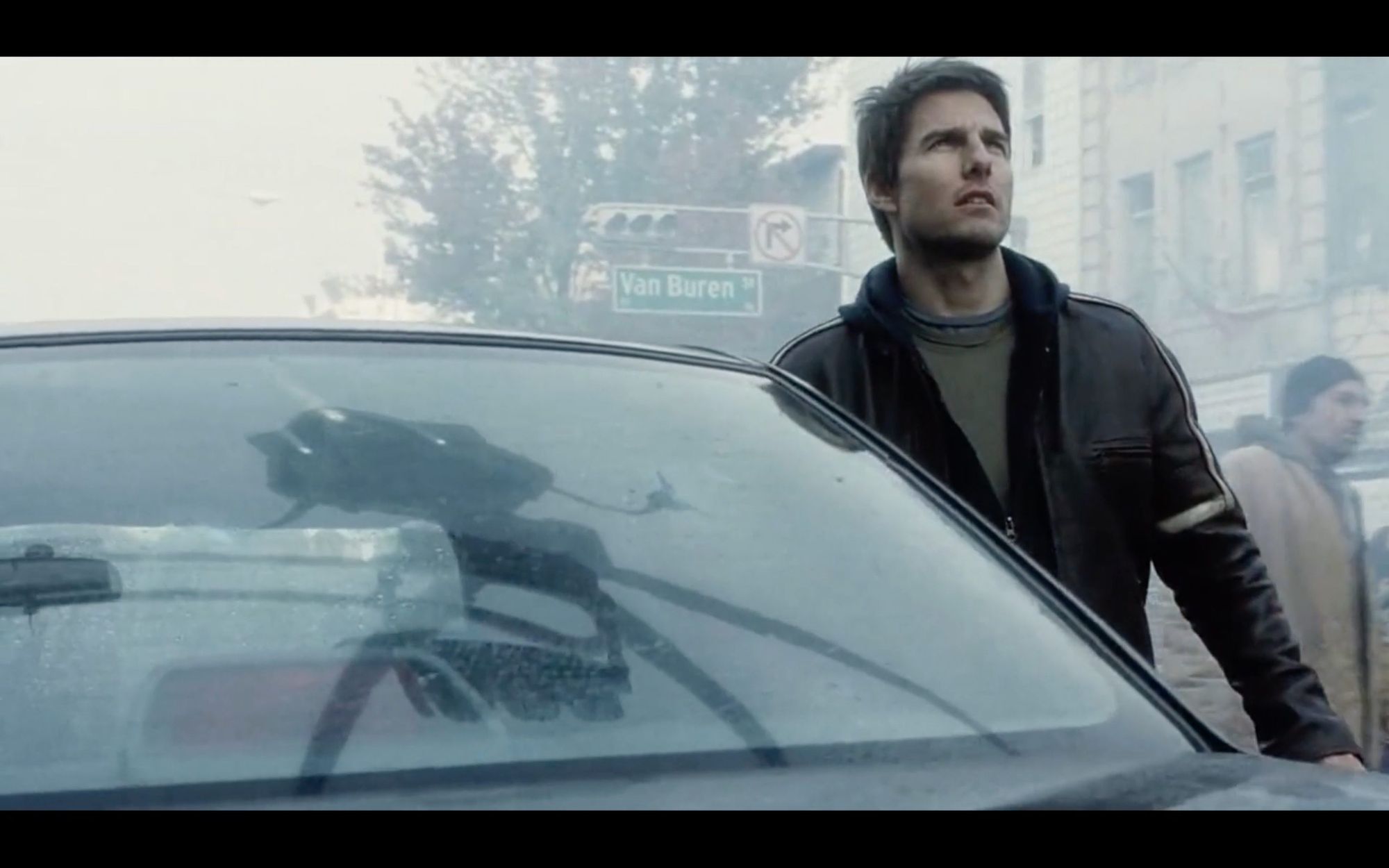
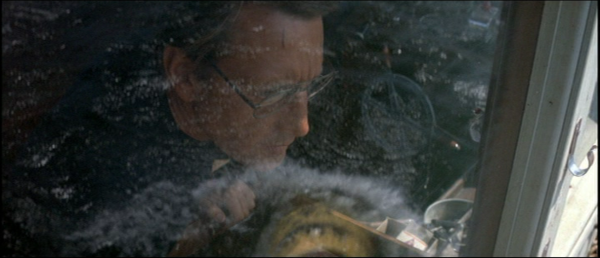
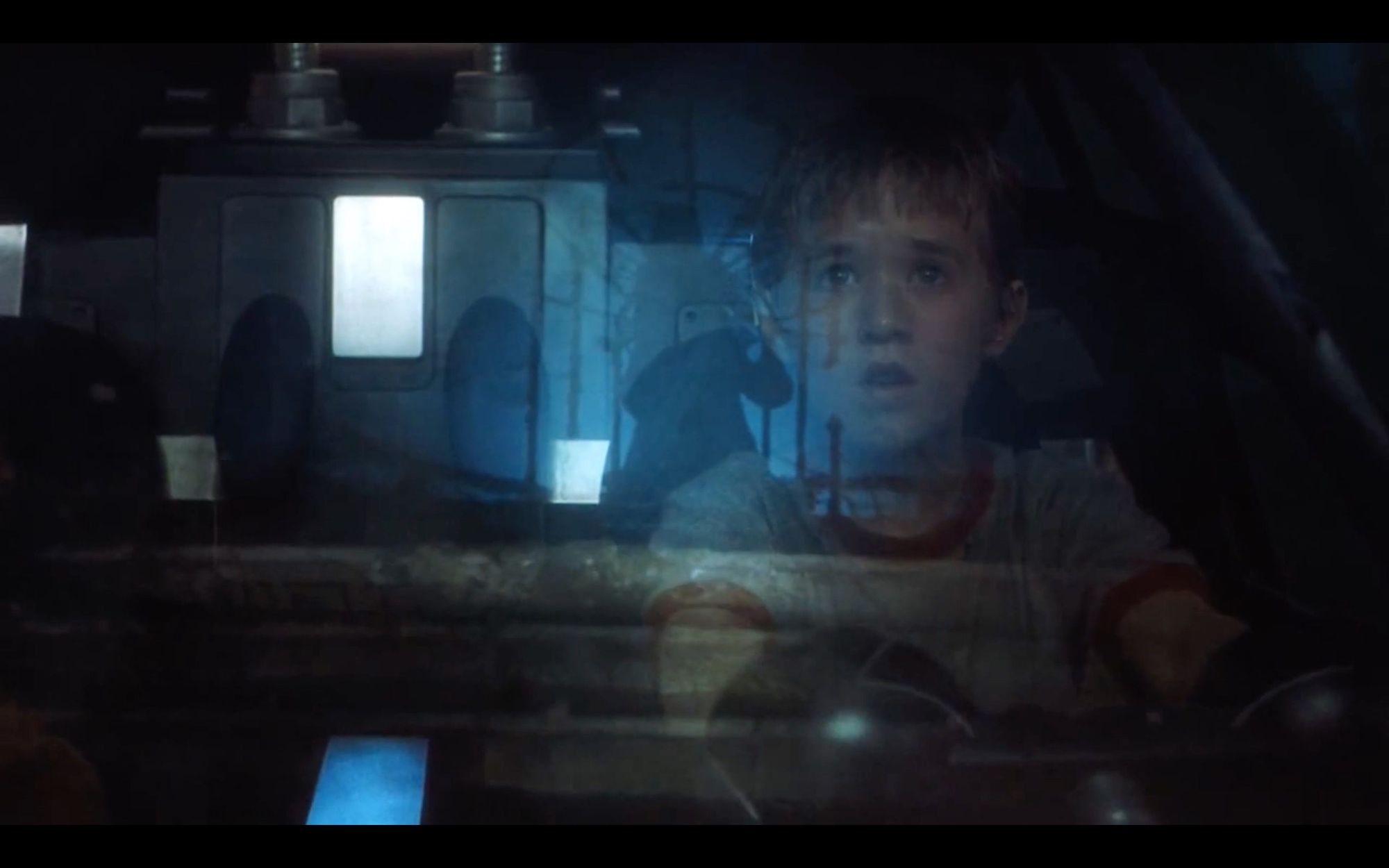
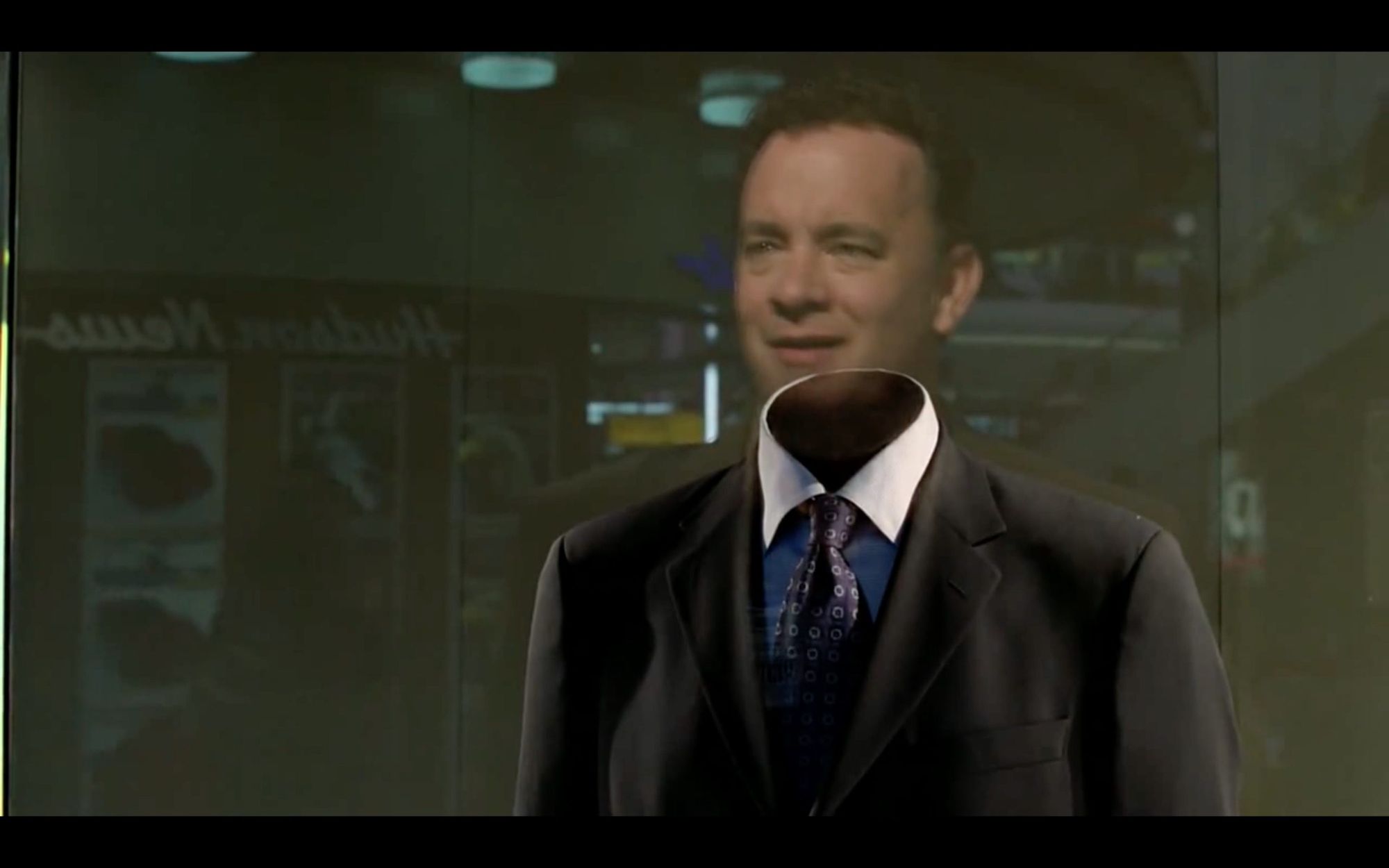
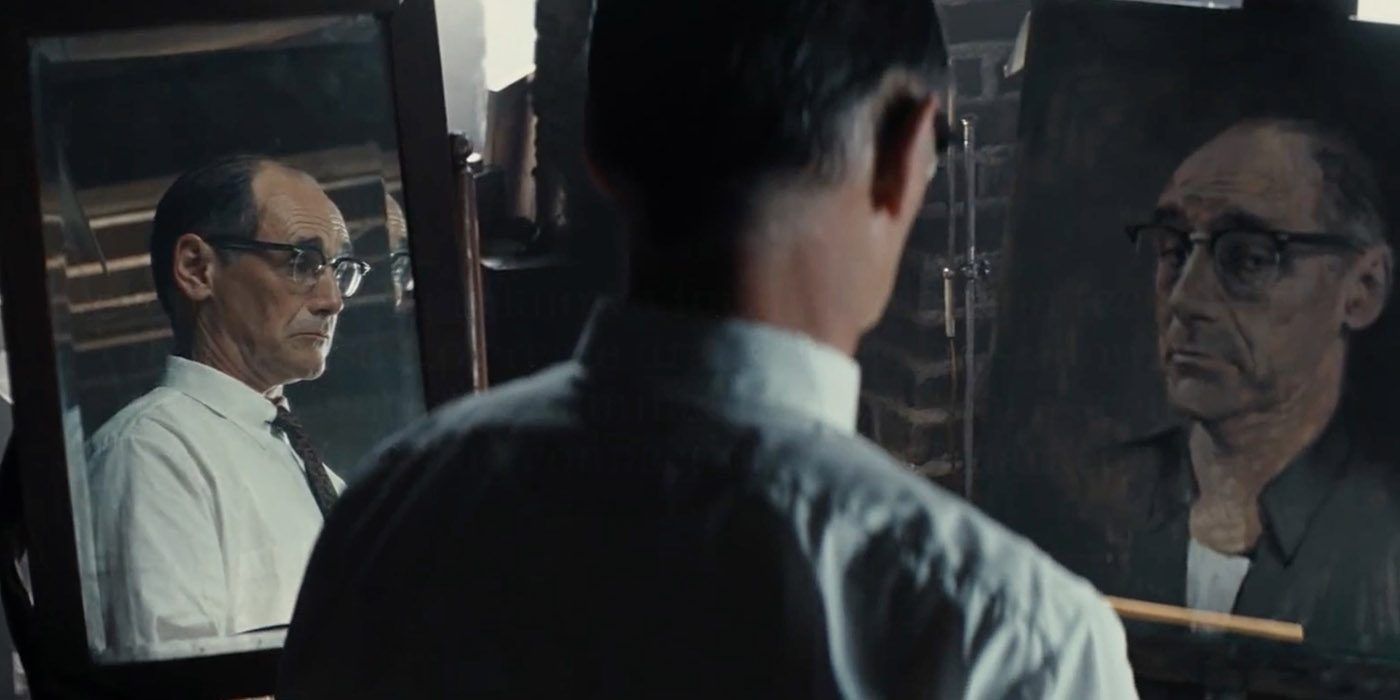
Generally speaking, when talking about Spielberg, one can't help but notice the influence that Alfred Hitchcock had on him. This influence was not felt in imitating his idol, but rather in developing the techniques of the cult film master. Note the two shots below:
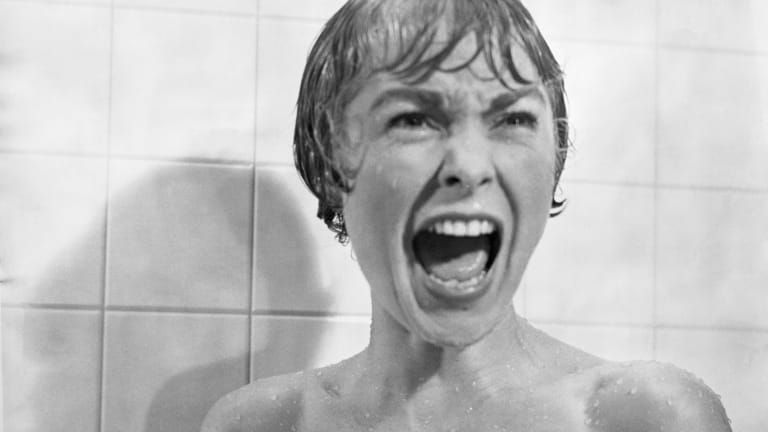
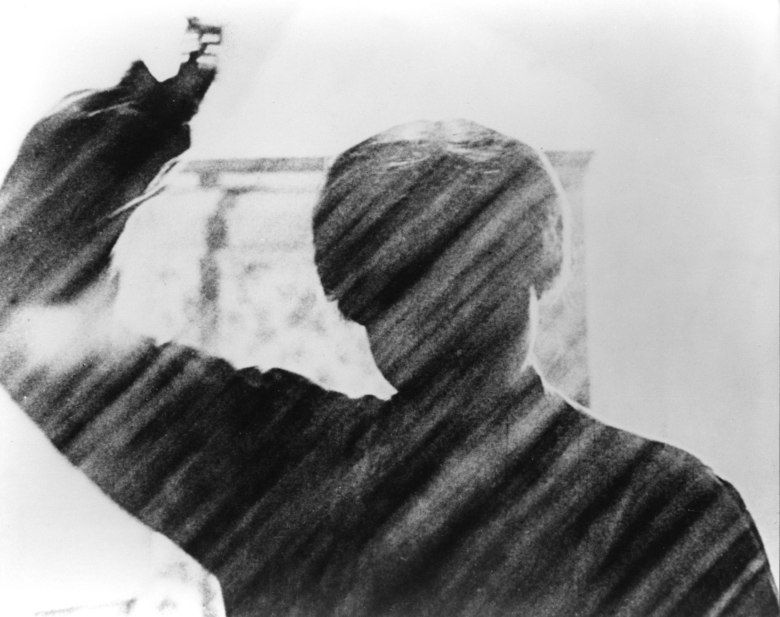
Hitchcock was the acknowledged master of point of view edits. Hitchcock shot and edited his films, saturating them with close-ups of the characters and what they were looking at, i.e. showing us the point of view of the character. And from the two principles of Spielberg's directing style, we can already see how he developed the theme of point of view: in the case of the most famous close-ups, Spielberg does not show us the point of view of the characters, he lingers on their gaze, so that the audience can look into the soul and try to understand the character's thoughts. And in the case of reflections, Spielberg simply puts both the character and the object of his attention in the same shot, so there is no need to split the scene into two shots. With one reflection, Spielberg reinforces the moment of unity with the character.
To be fair, Spielberg did borrow techniques from Hitchcock directly. These include, for example, the vertigo effect from Hitchcock's "Vertigo" and the same point of view editing as in "Schindler's List".
Long takes
Another important feature of Spielberg's style, for which he is often mistakenly criticised as a blockbuster director, is the constant dynamism. At times Spielberg never stops the action, capturing if in one long take with no montage. Spielberg concentrates all his skill on "in-frame editing", dealing with the movement of the camera and the action within the frame. Through this technique, Spielberg achieves a continuity effect in the film so that the audience is even more immersed in the picture. Consider a scene from "Jaws", for example: all the dialogue takes place within a single frame, with no montage, but it's not just the characters moving around, the surrounding itself is also changing, keeping the eye from getting tired. This is just a perfect example of how in-frame editing can work: at first, it's an unremarkable conversation (long shot) which develops into a more intense dialogue (close-up).
Accents
Let's discuss how Spielberg tells the story through accents. The director has no universal techniques for this, but Spielberg finds these accents for each of his films. The opening minutes of the "Schindler's List", for example, tell the depersalized story of a man: all those accessories, cufflinks, a tie and...a badge. We don't know this man, and we hardly recognize him through these images, but we do understand that he was a Nazi. From this we already make conjectures and theories about the film and its content. Not consciously, but that is how it works. Further on we still do not see the face, but we do see how this man is served, which further strengthens the image of the powerful and rich man in our minds.
Another example is from the film "Lincoln", where before we are shown the main character we see an ordinary soldier and hear words addressed to him. Spielberg waits to reveal the character traits of the main character before we are shown him. And when it becomes clear to us, Daniel Day-Lewis is revealed to us as Lincoln.
In this way, Spielberg makes the images in his films more concise and, most importantly, more expressive through the different kinds of accents.
So what is Spielberg filming about?
Looking at Spielberg's journey and work, I would like first and foremost to say that he is a human director. The centre of his films is not an event or an era, but a human being. There was a clear focus in Spielberg's mature period with his love of war dramas: Sailberg's films dealt with both the First and the Second World Wars, but also with the American Civil War. There's also science-fiction and disaster, but all of these are first and foremost humanistic films. Spielberg tests man through his films and shows us that to be human is to love, to suffer, to laugh and to cry - in a word, to feel. And that's just amazing.
Don't forget to visit Filmustage.com page and try out our AI-based script breakdown service. Looking forward for your professional feedback!
From Breakdown to Budget in Clicks
Save time, cut costs, and let Filmustage’s AI handle the heavy lifting — all in a single day.